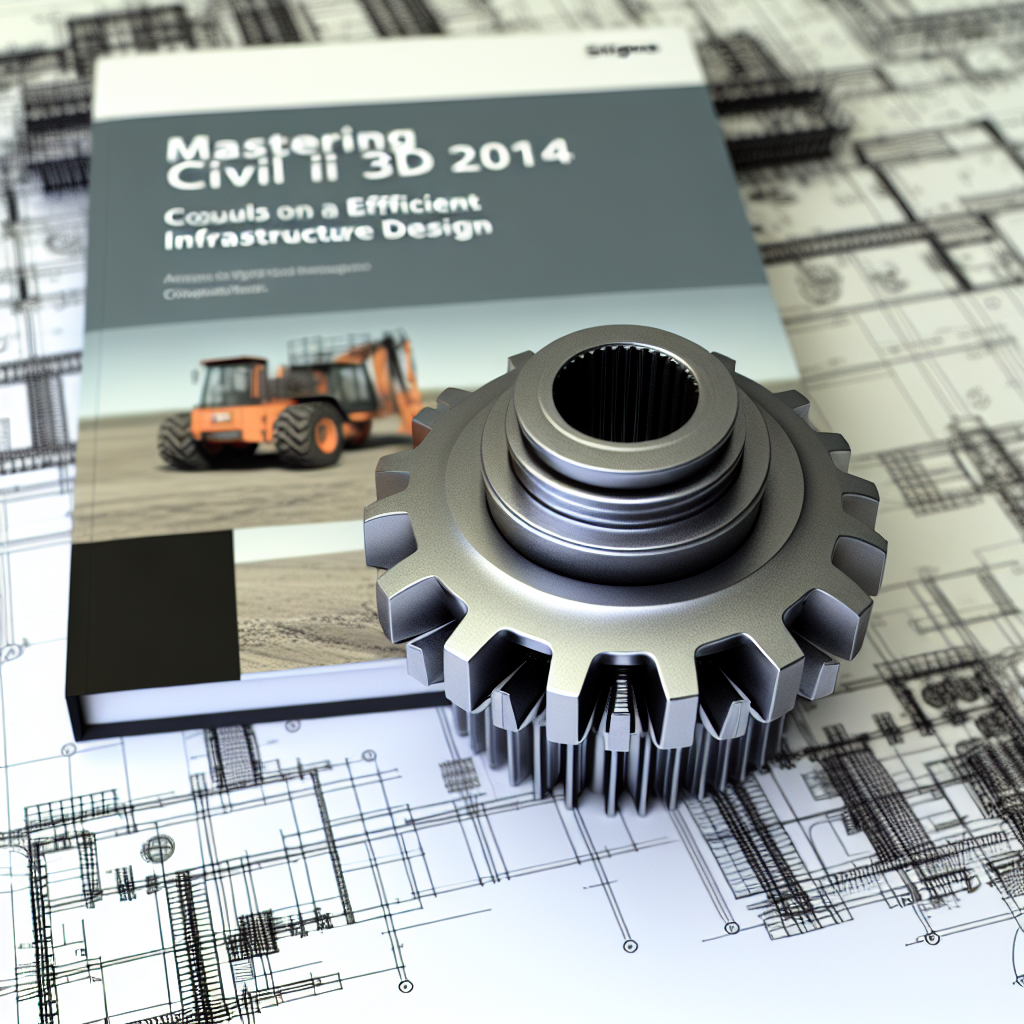Understanding how to effectively utilize **Civil 3D 2014** is essential for professionals involved in civil engineering and infrastructure design. In particular, exploring tutorial videos like civil_3d_2014.flv can significantly enhance your skills. This article delves into the key features and best practices for maximizing Civil 3D 2014’s capabilities to streamline your project workflows.
Mastering Civil 3D 2014: Key Features and Functionalities
To get the most out of Civil 3D 2014, it’s crucial to understand its core features and how they enhance project efficiency. Civil 3D 2014 introduces a comprehensive set of tools tailored for civil infrastructure design, including terrain modeling, alignments, corridors, and surface analysis. These features allow engineers to create precise and dynamic models that can be easily adjusted and shared with team members.
Terrain Modeling and Surface Creation: Civil 3D 2014 provides powerful terrain modeling tools that enable users to generate detailed topographic surfaces from survey data. This facilitates accurate visualization and analysis of existing conditions, which is essential for planning and designing roads, drainage systems, and grading works. The software supports data import from various sources, such as Land Desktop, making it versatile and adaptable to different project requirements.
Alignments and Corridor Modeling: The software’s capabilities in creating precise alignments and corridors are vital for infrastructure projects. Civil 3D 2014 allows users to develop horizontal and vertical alignments, which serve as the backbone of roadway and pipeline designs. Combining these with corridor modeling tools enables the creation of dynamic 3D models that accurately represent proposed infrastructure, streamlining the design process and reducing errors.
Applying Civil 3D 2014 for Efficient Civil Infrastructure Design
Effective use of Civil 3D 2014 involves understanding how to implement its functionalities to enhance project productivity. The software’s parametric design approach allows for real-time modifications, which can significantly accelerate revisions and consensus building with stakeholders. Integration with other Autodesk products and GIS data further expands its capabilities, ensuring comprehensive project planning from concept to construction.
Practical tips include utilizing data shortcuts for collaborative workflows, setting up templates for consistency across projects, and leveraging visualization tools to communicate design intent clearly. Moreover, investing time in mastering its surface analysis and grading tools can lead to more accurate earthworks calculations and cost estimations, ultimately reducing project costs and timelines.
Conclusion
In summary, Civil 3D 2014 offers a robust and versatile platform for civil engineering projects, with features like terrain modeling, alignment creation, and corridor design that enhance accuracy and efficiency. By mastering these tools and integrating best practices, professionals can optimize their workflows and produce high-quality infrastructure designs. Embracing these capabilities ensures better project outcomes and a competitive edge in the industry.
